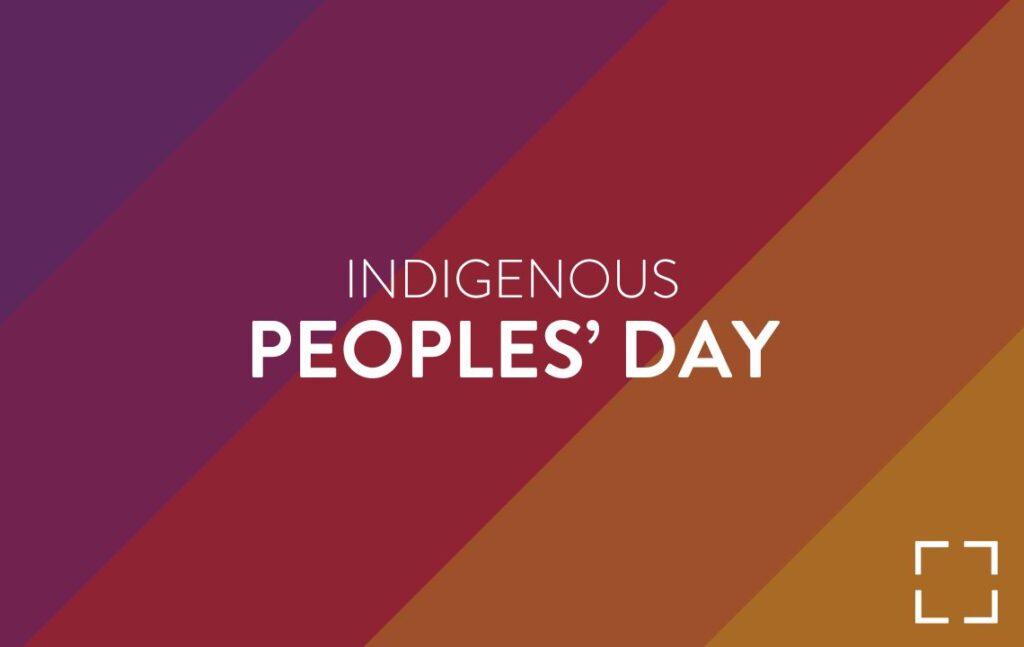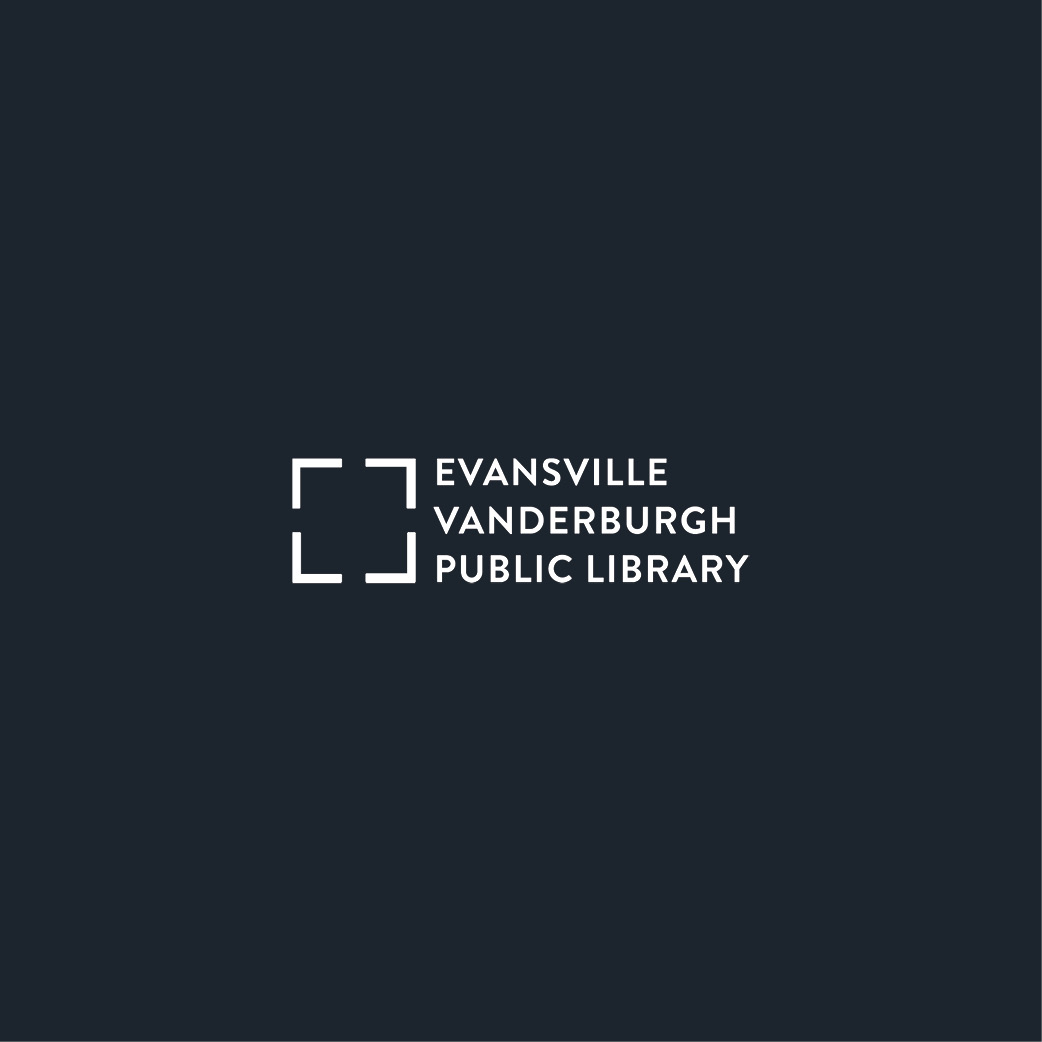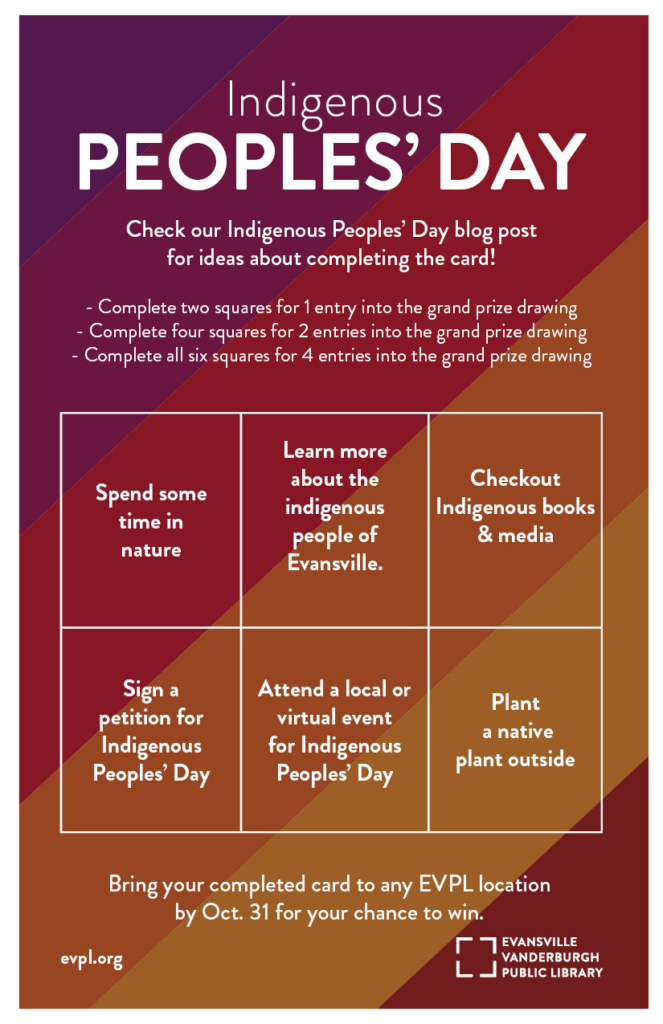Learn about and observe Indigenous Peoples' Day
Indigenous Peoples’ Day
According to the United Nations, there are 476 million Indigenous people on planet Earth, living in more than 90 countries, and speaking 4,000 different languages. They belong to more than 5,000 different cultures and all share one trait: they lived there (wherever “there” may be) first. Today, Indigenous peoples comprise 6% of the world’s population, but make up 19% of the world’s people who are living in extreme poverty. Their average life expectancies fall 20 years short of averages for their respective regions.
Did you know that there’s a day devoted to remembering Indigenous peoples of the past and present? Celebrated on the second Monday of October (October 9 this year), Indigenous Peoples’ Day is a time of honoring and cherishing the cultures, vibrancy, and sovereignty of those first inhabitants of North and South America, sometimes also called Native Americans or Native American Indians. It is also a time when we admit the terrible treatment of these fellow human beings and the ways their cultures were disregarded and devastated by colonialism. We can also take this opportunity to remember the vitality of all Indigenous groups worldwide and to reflect on how our personal, national, and global actions impact their lives.

History
In 1990, South Dakota began calling October’s second Monday Native American Day to focus attention on the many cultures and peoples in the stories of the last several hundred years, as opposed to the former Columbus Day, which hid these cultures and the people who belonged to them, behind the singular name of Columbus. For years prior there had been debates and outcries not to celebrate his name because of the genocides which began on his command. Indigenous Peoples’ Day was first celebrated in 1992 in Berkeley, California. Today we celebrate and we remember.
I heard Rigoberta Menchu Tum, a civil rights activist, Nobel Laureate and Indigenous woman of the Guatemalan Maya-K’iche’ group speak at a peace conference in 1998. My mom and I camped out all night to secure tickets to the conference which was hosted by the University of VIrginia. The mission was to inspire people toward peace, toward respect for diversity, and to step outside their own familiar communities to see that our planet is home to more than 8 billion marvelously different people. In each one, someone places great trust, great love, and great hope for the future.
Now, 25 years later, I don’t remember the details of what Rigoberta Menchu Tum said that November afternoon, but I remember the feeling of hope I had listening to her story and how I admired her resolve to combat the abuse of Indigenous persons worldwide.
The Maya-K’iche’ people endured genocide, systematic, planned murder based on ethnicity, during Colombian times, during post-Colombian times, and even in the 20th Century during the Guatemalan War (1960-1996). Their struggles continue even today as we journey well into the 21st Century.
Menchu Tum’s call to action is a call to each one of us. As we celebrate Indigenous People’s Day this year, may we be called to understanding, to self-examination, and to the realization that this is not a resolved issue confined to people in some far-off past, but a reality of our own past, and present, and a worldwide injustice that is omnipresent. If you’ve ever read a history book or watched a documentary and thought, “I would have taken a stand, I would have done something if I had been there,” this is your chance…
EVPL has some ideas of next steps you can take:
READ!
(Librarians are all about reading.)
This is a great article on Indigenous Peoples’ Day from NPR.
EVPL’s own collection has many great titles.
Adult/Teen Titles
- Probably Ruby by Lisa Bird-Wilson (Adult Fiction)
- Woman of Light by Kali Fajardo-Anstine (Adult Fiction)
- Winter in the Blood by James Welch (Adult Fiction)
- The Round House by Louise Erdrich (Adult Fiction)
- Canyon Dreams by Michael Powell (Nonfiction)
- Braiding Sweetgrass by Robin Wall Kimmerer (Nonfiction)
- The Heartbeat of Wounded Knee by David Treuer (Nonfiction)
- This Land is Their Land by Barbara Ehrenreich (Nonfiction)
- Firekeeper’s Daughter by Angeline Boulley (Young Adult Fiction)
- Elatsoe by Darcy Little Badger (Young Adult Fiction)
- Hearts Unbroken by Cynthia Leitich Smith (Young Adult Fiction)
- The Marrow Thieves by Cherie Dimaline (Young Adult Fiction)
- Man Made Monsters by Andrea L. Rogers (Young Adult Fiction)
Youth Titles
- Maria Tallchief by Christine Day (Juvenile Nonfiction)
- Wilma Mankiller by June Thiele (Juvenile Nonfiction Hoopla)
- Kapaemahu by Hinaleimoana Wong-Kalu (Picture Book)
- Finding My Dance by Ria Thundercloud (Picture Book)
- We Are Water Protectors by Carole Lindstrom (Picture Book)
- Fry Bread by Kevin Noble Maillard (Picture Book)
- The First Blade of Sweetgrass by Suzanne Greenlaw and Gabriel Frey (Picture Book)
- The Star That Always Stays by Anna Rose Johnson (Juvenile Fiction Hoopla)
- Ancestor Approved: Intertribal Stories for Kids by Cynthia Leitch Smith (Juvenile Fiction)
- Race to the Sun by Rebecca Roanhorse (Juvenile Fiction)
- Sisters of the Neversea by Cynthia Leitich Smith (Juvenile Fiction)
- Indian No More by Charlene Willing McManis and Traci Sorell (Juvenile Fiction)
CHALLENGE!
Pick up one of our Indigenous Peoples’ Day challenge cards at any location, or print your own, and complete squares to enter for a special prize.
VIEW and INTERACT!
Explore and discover the first inhabitants around the globe!
PLANT!
Putting native plants in the ground is a great way to guard against invasive species. New England, Smooth, & Short’s Asters; Autumn Sneezeweed; Blue-stemmed, grey, and stiff goldenrod are all native to this area.
You can also visit the Indiana Native Plant Society to learn more about responsible planting in Indiana.
GO!
Attend a virtual or in-person event.
SIGN!
Consider signing this petition for change from Partnership With Native Americans in support of H. R. 5473 and S. 2919 before the 117th Congress, to be shared with the Speaker Of The House.
WATCH!
EVPL has great resources to view.
- Wild Indian
- Night Raiders (Kanopy)
- Beans
- The Fast Runner
- The Cherokee Word for Water (Kanopy)
- Te Ata
ATTEND!
Go to a library program to expand your vantage point as you meet new friends and expand your circle! Check out the EVPL Programming Guide or go to our Events Calendar for more information.
—–
Sources
- United Nations: Indigenous Peoples
- The World Bank Group: Indigenous Peoples
- Crazy Horse Memorial: Native Americans’ Day
- TIME: How Indigenous Peoples Day Came to Be

Heather O.
With 8 locations throughout Vanderburgh County, EVPL is ready to discover, explore, and connect WITH you! We encourage you to uncover new things, revisit old favorites, and to engage with us along the way.
200 SE Martin Luther King Jr. Blvd
Evansville, Indiana 47713
Administration: ceo@evpl.org
Card & Account: circulation@evpl.org
Feedback & Ideas: marketing@evpl.org




